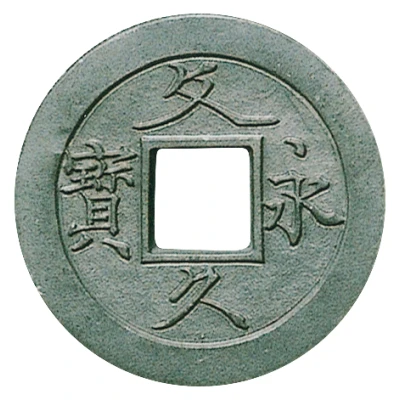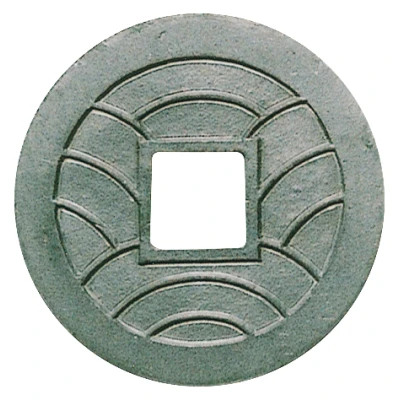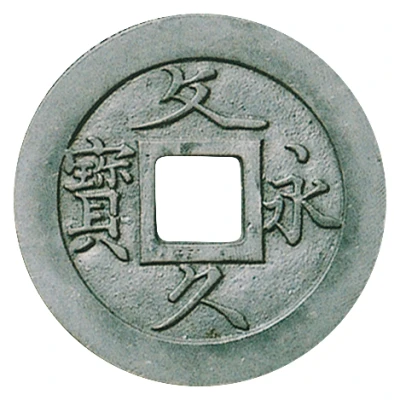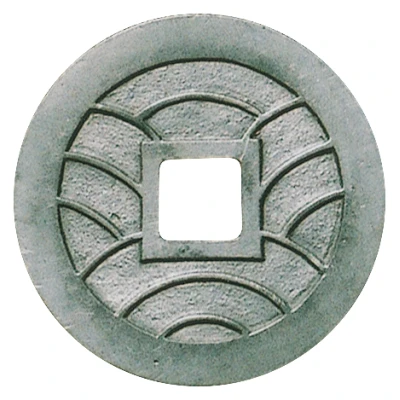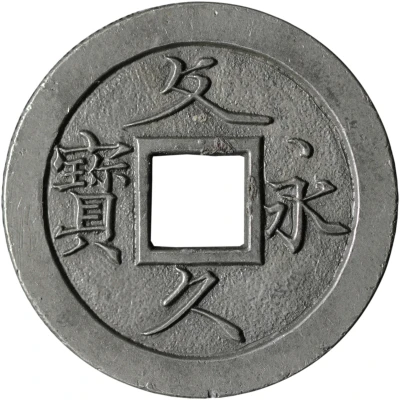
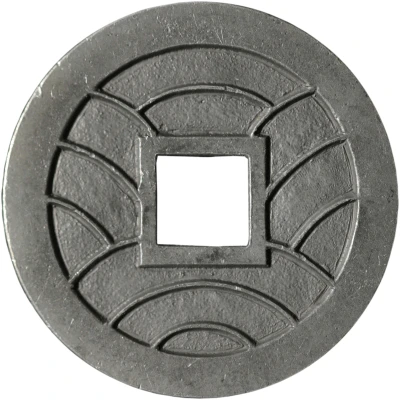

© Ginza Coins
4 Mon "Bunkyūeihō" Bosen; tin alloy; cursive script; CHŪKAKU KETSURIN ND
| Tin (Tin alloy) | - | - |
| Issuer | Japan |
|---|---|
| Type | Pattern |
| Years | 1863-1868 |
| Value | 4 Mon |
| Currency | Mon (683-1953) |
| Composition | Tin (Tin alloy) |
| Shape | Round with a square hole |
| Technique | Cast |
| Orientation | Medal alignment ↑↑ |
| Demonetized | 1954 |
| Updated | 2024-10-05 |
| Numista | N#291864 |
|---|---|
| Rarity index | 100% |
Reverse
11 waves
Interesting fact
One interesting fact about the Pattern 4 Mon "Bunkyūeihō" coin from Japan is that it was made of tin alloy, which was a common material used for coins in Japan during the 19th century. The use of tin alloy for coins was preferred because it was durable, resistant to corrosion, and had a lower melting point than other metals, making it easier to mint and shape into coins. The tin alloy used for the Bunkyūeihō coin was specifically known as "Bosen," which is a type of tin alloy that contains a small amount of copper. The use of Bosen tin alloy for coins was a distinct feature of Japanese coinage during this period and adds to the unique character of this coin.
